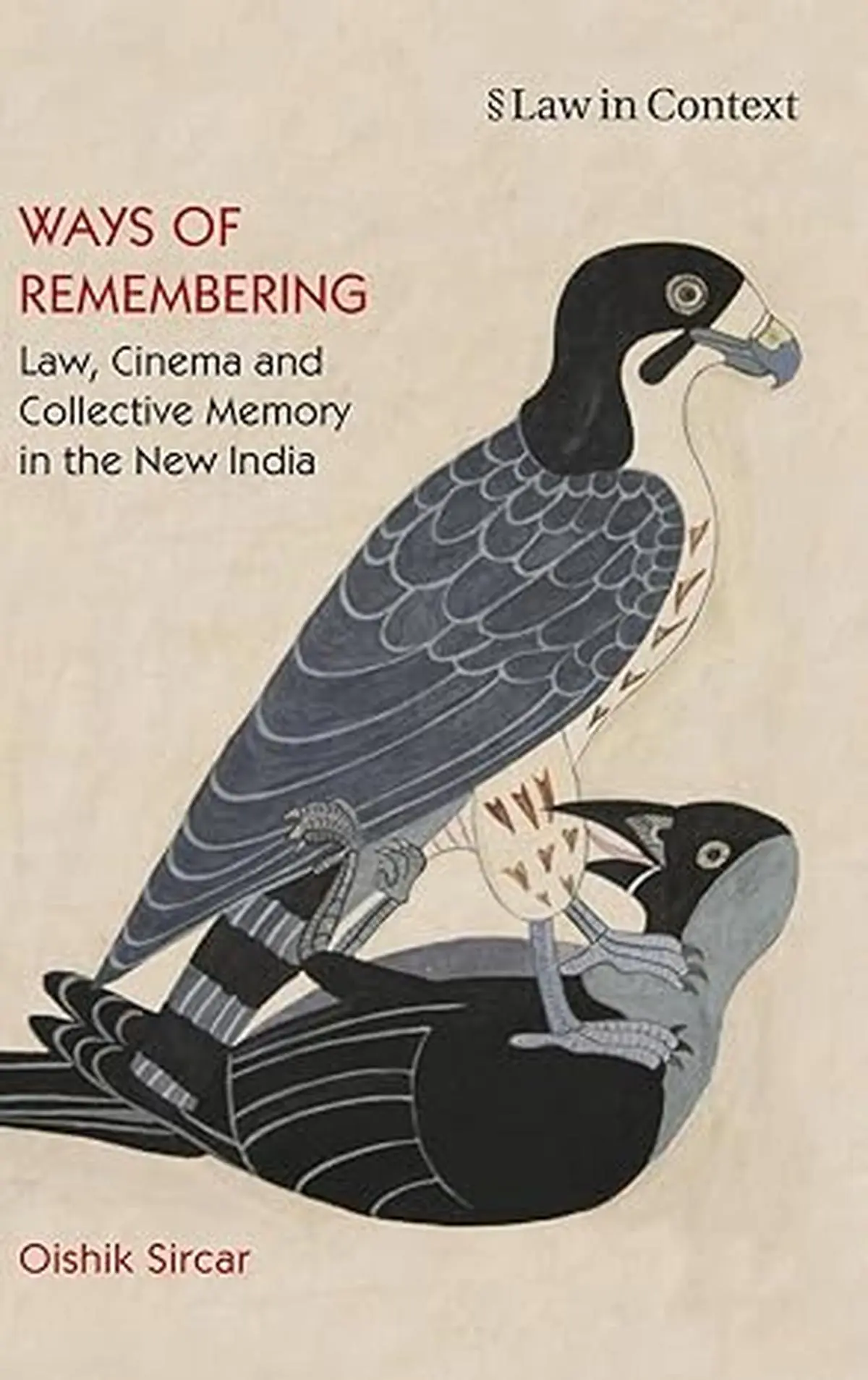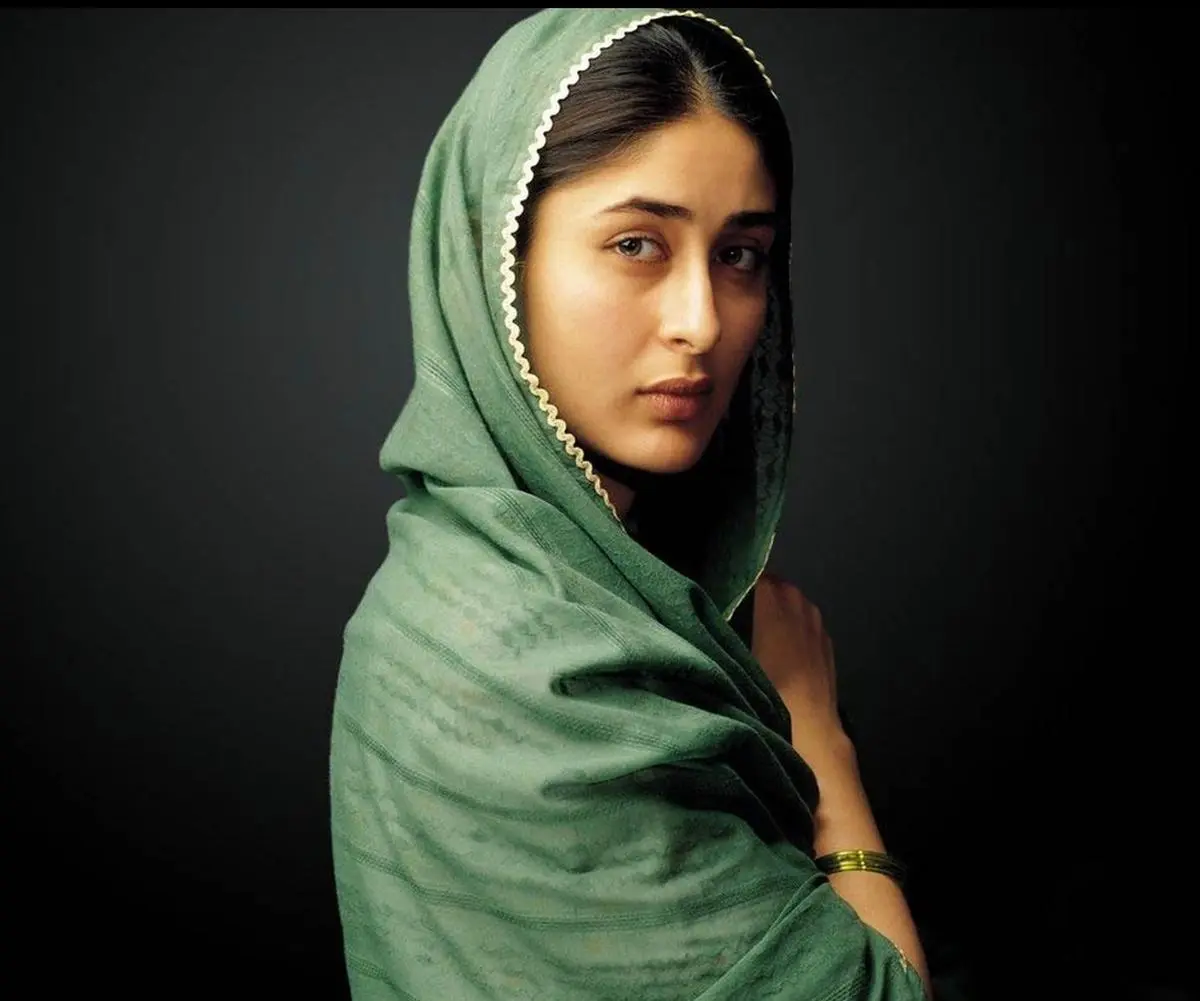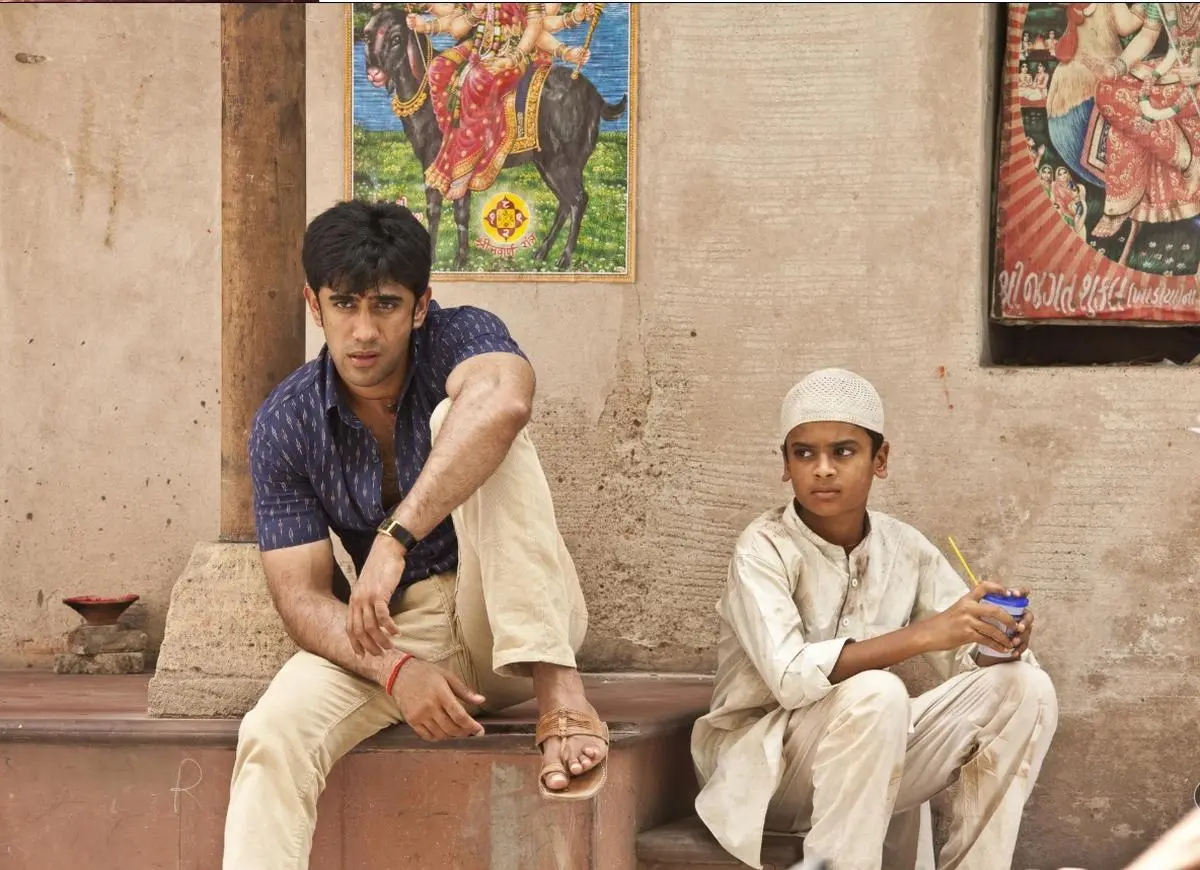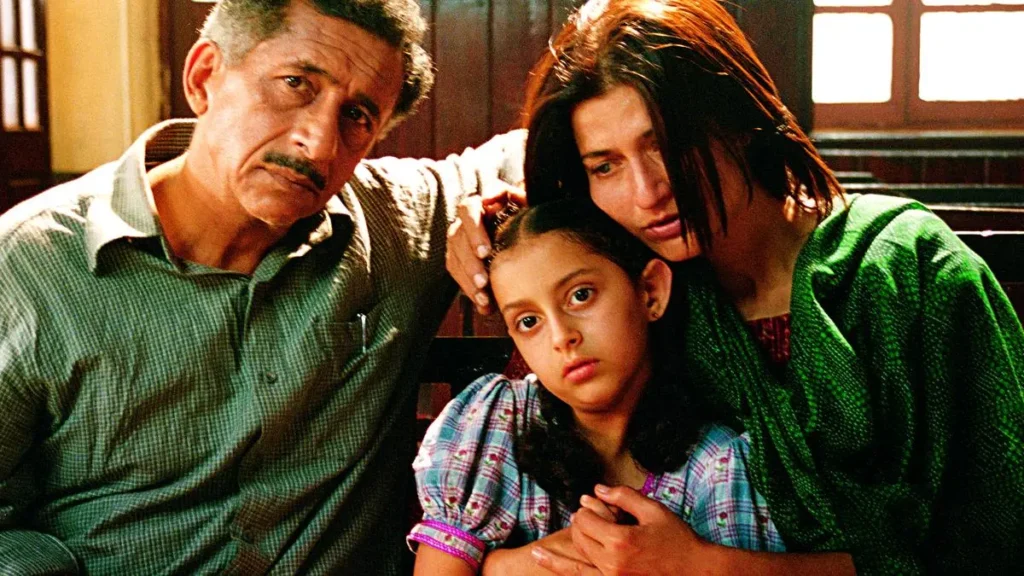Cinema as a popular art form may have a relationship with the law that is not obvious. Like justice is the ostensible aim of the law, cinema as an aesthetic form has a bias towards seeing the triumph of right over wrong. When contemporary events are the subject matter of cinema, the aesthetics of realism may be superseded by the craving of the human mind for a narrative that bends towards justice.
The violence that engulfed Gujarat in 2002—the spasm of bloodletting that has been India’s “most litigated and mediatised event of anti-minority mass atrocity”—is the subject of Sircar’s book. Sircar approaches these events from the disciplinary perspective of law, where he engages as a university teacher, and an aesthetic sensibility shaped by his involvement in documentary film production.
Ways of Remembering: Law, Cinema and Collective Memory in the New India
By Oishik Sircar
Cambridge University Press
Pages: xiv + 337
Price: Rs.1,195
The “New India” that Sircar references is “at once a temporal, cultural and ideological marker”, a world where older assumptions of liberal democratic theory have been turned on their head. Neoliberalism in economics has been accompanied in India not by the moderation of “political movements driven by religious ideology” but its opposite. Hindu majoritarianism (or Hindutva), which claims the mantle of an authentic nationalism, is stronger than ever before today.
After patchy origins elsewhere, Gujarat is where this fusion of neoliberalism and majoritarian politics achieved firmest expression. And the violence of 2002, within months of Narendra Modi assuming office as Chief Minister, was a formative event, bringing majoritarian morality into perfect harmony with the cult of growth.
Also Read | Gujarat’s shame
In the aftermath of the violence, there was an effort, unprecedented in scale, to cut through the customary inertia of the judicial system and enforce accountability. It was a test case for the practice of secularism in the Indian republic: the assurance of equality before the law, of a State that safeguards its monopoly over coercion from usurpation by the mob.
Ranged on the other side was Hindutva, a unique ideological mélange that “veers between rejecting constitutional secularism on the one hand, and asserting Hindutva to be consistent with the Constitution on the other”. Emotion is the web that weaves these contrary impulses into a pattern of political action. And the lens that Sircar fashions to study this mixing of immiscible substances is the “jurisprudential-aesthetic” (J-A) approach.
Judgments issued in courtrooms are how the law is administered, but the J-A approach gazes at the process both from inside and outside “conventional locations”. Judgments evoke certain aesthetic tropes that facilitate public comprehension, recurrent themes that often escape scrutiny, though they are the undertow of judicial reasoning. The J-A approach juxtaposes these against the cinematic portrayal of the judicial logic.

Cover of Ways of Remembering: Law, Cinema and Collective Memory in the New India.
Sircar draws on Peter Goodrich’s proposition that common law is “a system of memories”, in which precedents are key, united in the public imagination in a web of emotion. The judicial event he examines is the Best Bakery case, which unfolded in Vadodara, one of Gujarat’s principal cities. Just two days after the “trigger event”—the February 28, 2002, arson attack in Godhra on a train carrying political activists returning from Ayodhya, then the focal point of an intense Hindutva campaign—a mob stormed a bakery owned by a Muslim family. The owner was killed, along with several family members and a few employees.
The investigation and trial were freighted with multiple, conflicting objectives. The Gujarat government wanted to establish its full vigilance in matters of public order, while various campaign groups and the National Human Rights Commission insisted that the rule of law must prevail. With its frequent interventions, the Supreme Court sought to uphold constitutional values while guarding against overreach.
Trapped in these currents was a hapless victim-survivor, the 18-year-old daughter of the bakery owner. Her affidavit as an eyewitness was a vital part of the case until she turned hostile, effectively torpedoing the prosecution. She then went public with a litany of grievances about the pressures she faced from vigilantes aligned with the ruling party, laying the moral foundation for the Supreme Court to order an appeal against the trial court’s acquittals.
The matter came up before the Supreme Court twice afterwards: first to correct a ritualistic, almost farcical appeal that the State government filed before the Gujarat High Court, and following another acquittal, to direct a fresh trial outside the State. The victim-survivor chose her second appearance in a trial court to recant yet again. The identities of the men who had pressured the young woman, all key players in the violence, were known but ignored when the Supreme Court heard charges of perjury and contempt of court against her. As she was sentenced to a year in prison, her counsel’s plea for leniency in light of the threats and blandishments she faced elicited derisive laughter in the courtroom.

A still from Dev (2004), directed by Govind Nihalani.
| Photo Credit:
By Special Arrangement
The second time round in the trial court, the accused were convicted for varying terms. In this manner, perpetrator and victim-survivor became equal offenders against the majesty of the law. During this complex traverse through the judicial system, the Gujarat pogrom was variously blamed on “British colonialism and (the) failure of India’s industrial and affirmative action policies” as well as on misguided efforts to graft the alien value of “secularism” onto Indian culture.
The defence, at various stages, made the case that the public furore was aimed at tarnishing Gujarat’s glorious record of economic growth, securing the partial concurrence of the High Court. On the other side, the High Court waved away the reality of witness intimidation, since that would have no place in the courtroom’s interior ambience of integrity and truth. The exterior, indeed, was where shadowy agencies—a clear reference to the activist groups assisting the Best Bakery victims—could work their baneful influence.
Sircar’s excavation of the Best Bakery archive provides the context for a consideration of three Hindi films—Dev (2004), Parzania (2007), and Kai Po Che (2013)—all released over the decade that followed, all bearing references to the pogrom, though only Parzania affirms a connection to a true story enfolded within it. Dev issues the standard disclaimer that any connection to real events is coincidental, while Kai Po Che spares itself this onus by acknowledging a novel as a source.

A still from Kai Po Che (2013).
Within the Gujarat ambience, Dev was welcomed as a brave exercise in truth-telling, while Parzania was denied a viewing by street vigilantes mobilised, among others, by one of the accused in the Best Bakery case. In Kai Po Che, the last among the three films to be released, the theme of violence emerged rather late in a story of business endeavour, youthful romance, and sporting achievement.
Also Read | Missing in Gujarat
All three films explore themes of loss and redemption, but Parzania does not provide easy closure: the innocent young boy who went missing at the beginning of the pogrom remains untraced at the end. In place of the happy ending, the film issues an urgent call for closure through restoration of the absent process of secular law.
Mob violence is as much about building solidarities just as it is about inflicting pain. The trajectory of the Gujarat pogrom through the litigative apparatus and its portrayal in the cinematic medium are, for Sircar, about leaving intact the premise that “Hindutva” is foundational to the Indian state. The residual memories are of political structures that remain durable and, indeed, are consolidated in acts of mass religious violence. Sircar’s complex narrative has valuable insights for understanding India’s decade under Modi’s premiership. Beyond the domain of cinema, they may provide lines of enquiry to understand the news media’s wilful subservience to power over the decade.
Sukumar Muralidharan is an independent writer and researcher based in the Delhi region.
Source:https://frontline.thehindu.com/books/gujarat-2002-law-cinema-oishik-sircar-memory-justice/article69540702.ece

